Spatial and space-time clustering of mortality due to malaria in rural Tanzania: evidence from Ifakara and Rufiji Health and Demographic Surveillance System sites
- PMID: 26409483
- PMCID: PMC4583746
- DOI: 10.1186/s12936-015-0905-y
Spatial and space-time clustering of mortality due to malaria in rural Tanzania: evidence from Ifakara and Rufiji Health and Demographic Surveillance System sites
Abstract
Background: Although, malaria control interventions are widely implemented to eliminate malaria disease, malaria is still a public health problem in Tanzania. Understanding the risk factors, spatial and space-time clustering for malaria deaths is essential for targeting malaria interventions and effective control measures. In this study, spatial methods were used to identify local malaria mortality clustering using verbal autopsy data.
Methods: The analysis used longitudinal data collected in Rufiji and Ifakara Health Demographic Surveillance System (HDSS) sites for the period 1999-2011 and 2002-2012, respectively. Two models were used. The first was a non-spatial model where logistic regression was used to determine a household's characteristic or an individual's risk of malaria deaths. The second was a spatial Poisson model applied to estimate spatial clustering of malaria mortality using SaTScan™, with age as a covariate. ArcGIS Geographical Information System software was used to map the estimates obtained to show clustering and the variations related to malaria mortality.
Results: A total of 11,462 deaths in 33 villages and 9328 deaths in 25 villages in Rufiji and Ifakara HDSS, respectively were recorded. Overall, 2699 (24 %) of the malaria deaths in Rufiji and 1596 (17.1 %) in Ifakara were recorded during the study period. Children under five had higher odds of dying from malaria compared with their elderly counterparts aged five and above for Rufiji (AOR = 2.05, 95 % CI = 1.87-2.25), and Ifakara (AOR = 2.33, 95 % CI = 2.05-2.66), respectively. In addition, ownership of mosquito net had a protective effect against dying with malaria in both HDSS sites. Moreover, villages with consistently significant malaria mortality clusters were detected in both HDSS sites during the study period.
Conclusions: Clustering of malaria mortality indicates heterogeneity in risk. Improving targeted malaria control and treatment interventions to high risk clusters may lead to the reduction of malaria deaths at the household and probably at country level. Furthermore, ownership of mosquito nets and age appeared to be important predictors for malaria deaths.
Figures
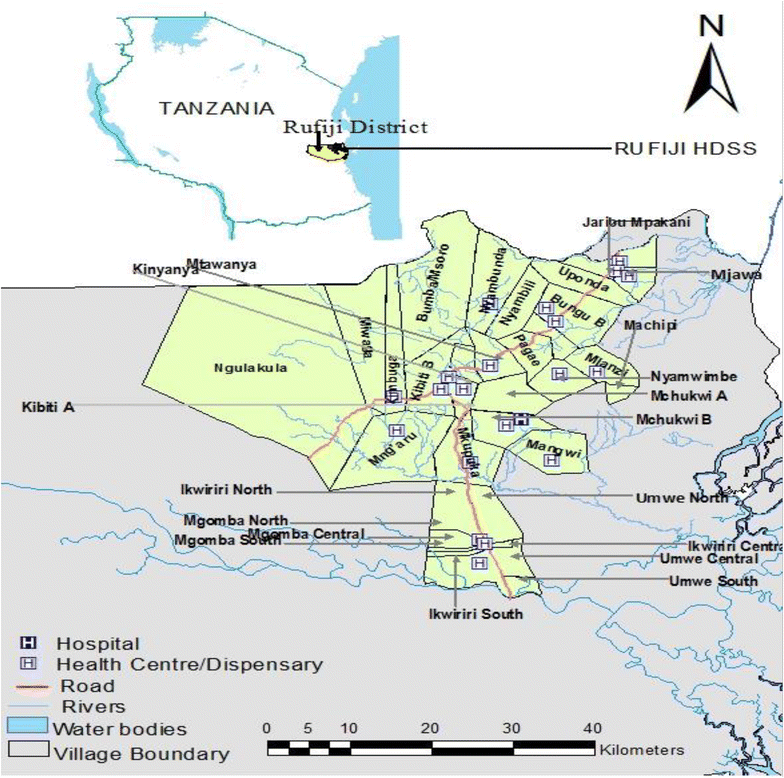
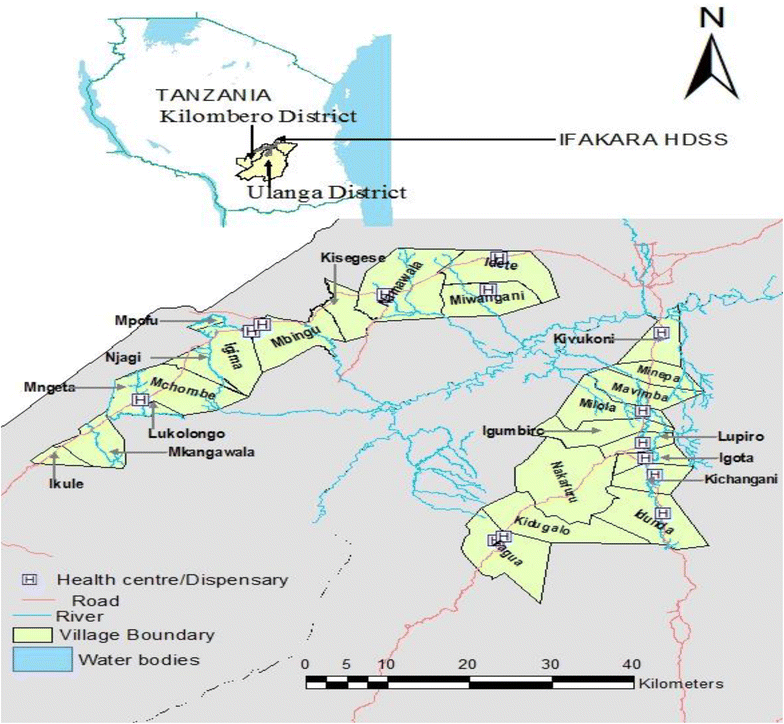
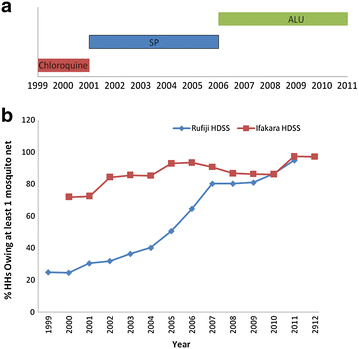
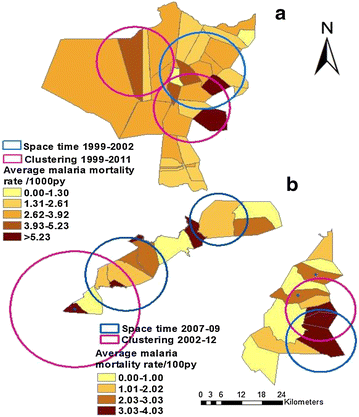
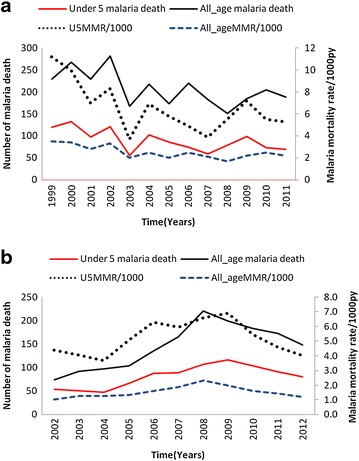
References
-
- WHO. World malaria report. Geneva, Switzerland: World Health Organization; 2012.
-
- Tanzania Commission for AIDS (TACAIDS), Zanzibar AIDS Commission (ZAC), National Bureau of Statistics (NBS) O of the CGS and II. Tanzania HIV/AIDS and malaria indicator survey 2011–2012. Dar es Salaam, Tanzania: United Republic of Tanzania; 2013.
-
- Msengwa AS. Statistical modeling and analysis of malaria risk and child mortality in Tanzania. Tanzania: University of Dar es Salaam; 2010.
MeSH terms
LinkOut - more resources
Full Text Sources
Other Literature Sources
Medical

